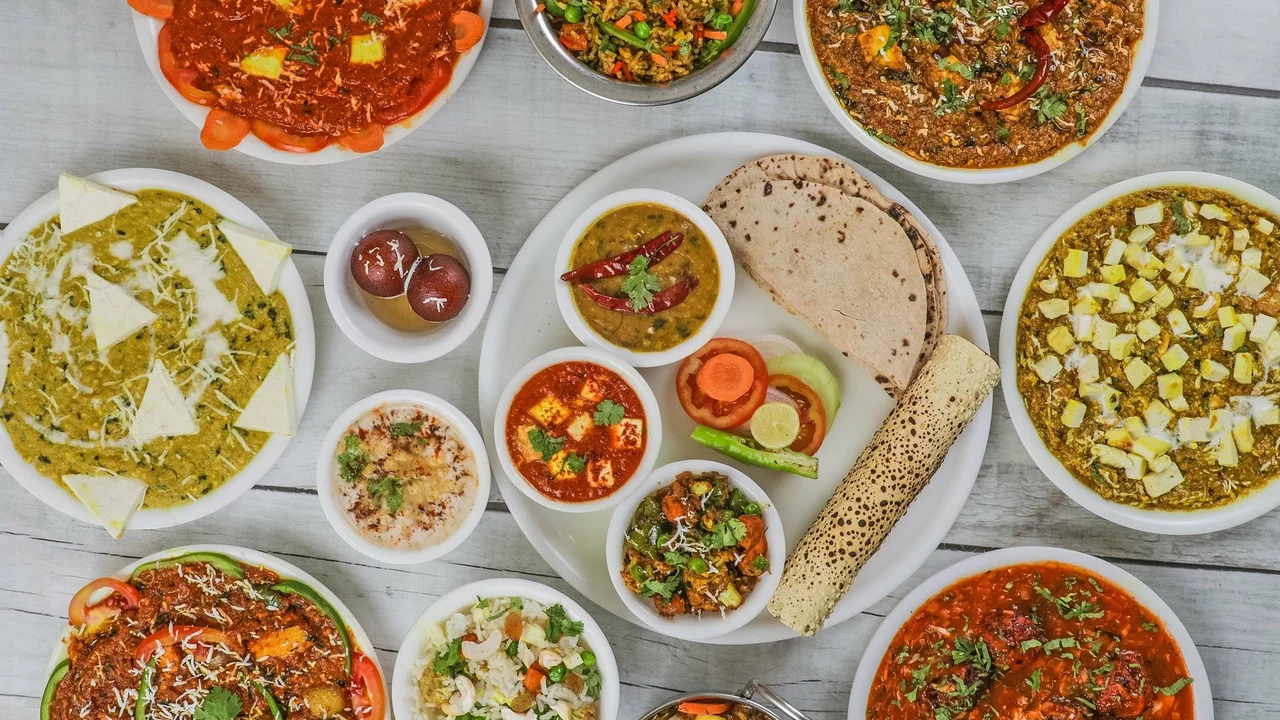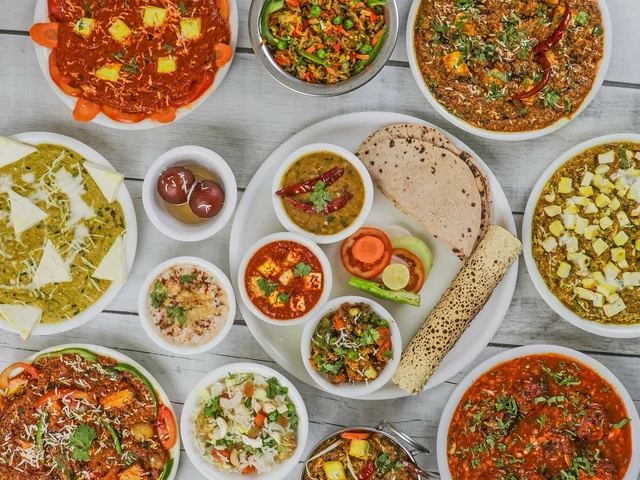
Understanding the Complexity of Indian Cuisine
Indian cuisine is a diverse and complex culinary tradition that is marked by its rich flavors, vibrant colors, and an array of spices. However, its complexity can be overwhelming for those who are not familiar with it. Some non-Indians might find certain dishes too spicy, too fragrant, or simply too unfamiliar. It's also important to note that individual tastes can vary widely, so what one person dislikes, another might enjoy.
Spice Overload: Too Hot to Handle?
Indian cuisine is known for its generous use of spices. While this is a delight for some, it can be a challenge for others. Non-Indians who are not accustomed to spicy food might find dishes like vindaloo or phaal to be too hot for their palate. Even milder dishes can be a surprise if a person is not used to the combination of spices common in Indian cuisine. However, it's worth remembering that not all Indian dishes are spicy, and there are plenty of options for those who prefer milder flavors.
Fermented Foods: An Acquired Taste
Fermented foods are a significant part of Indian cuisine, but they can be off-putting for those who are not used to their strong flavors and unique textures. Dishes like idli and dosa, made from fermented rice and lentil batter, may not be appealing to everyone. Similarly, pickles, which are a common accompaniment to Indian meals, have a strong, tangy flavor that can be too intense for some.
The Unfamiliarity of Certain Dishes
Many people are not familiar with the full range of Indian cuisine, and this lack of familiarity can lead to dislike. Dishes like pani puri or bhel puri, which consist of a mix of textures and flavors, can seem strange to those who are not used to them. Similarly, the use of certain ingredients, like okra or bitter gourd, can be off-putting to those who are not familiar with them.
Texture Troubles: A Matter of Preference
Texture plays a significant role in Indian cuisine, but not everyone appreciates this. Some people find the soft, mushy texture of dishes like dal or halwa to be unappealing. Similarly, the crispiness of papadums or the chewiness of certain sweets might not be to everyone's liking. As with many aspects of Indian cuisine, texture is a matter of personal preference.
Sweet and Savory: The Indian Desserts Dilemma
Indian desserts can be quite different from those found in Western cuisine, and not everyone likes this difference. Indian sweets like gulab jamun, jalebi, and kheer are extremely sweet and often have a dense, syrupy texture. Some non-Indians find these desserts to be too sweet or too heavy for their liking.
Snack Time: The Chaat Challenge
Indian street food or "chaat" is a riot of flavors, textures, and ingredients. But the complexity and intensity of these dishes can be off-putting to some. Dishes like pani puri, bhel puri, and samosa chaat can be overwhelming for those who are not used to such a diverse range of flavors and textures in a single dish.
Breaking Down Biryani
Biryani, a flavorful rice dish, is a favorite among many. However, it's also a dish that some non-Indians struggle with. The combination of spices, textures, and the process of eating biryani (often mixed with hands) can be a hurdle for some. In addition, the inclusion of bone-in meat can also be a challenge for those not used to this style of eating.
Vegetarianism and Veganism in Indian Cuisine
Indian cuisine offers a wide variety of vegetarian and vegan dishes. However, non-Indians who are not used to eating meals without meat might find this unappealing. Furthermore, some people may mistakenly believe that all Indian food is vegetarian, which can lead to disappointments and misunderstandings.
Confronting the Curry Confusion
Finally, we have the ubiquitous curry. Many non-Indians assume that all Indian food is curry, which is far from the truth. However, when they do encounter real Indian curries, they might find them too rich, too spicy, or too different from the milder "curry" dishes they're used to. This can lead to a general dislike of Indian curries and, by extension, Indian cuisine.

Write a comment